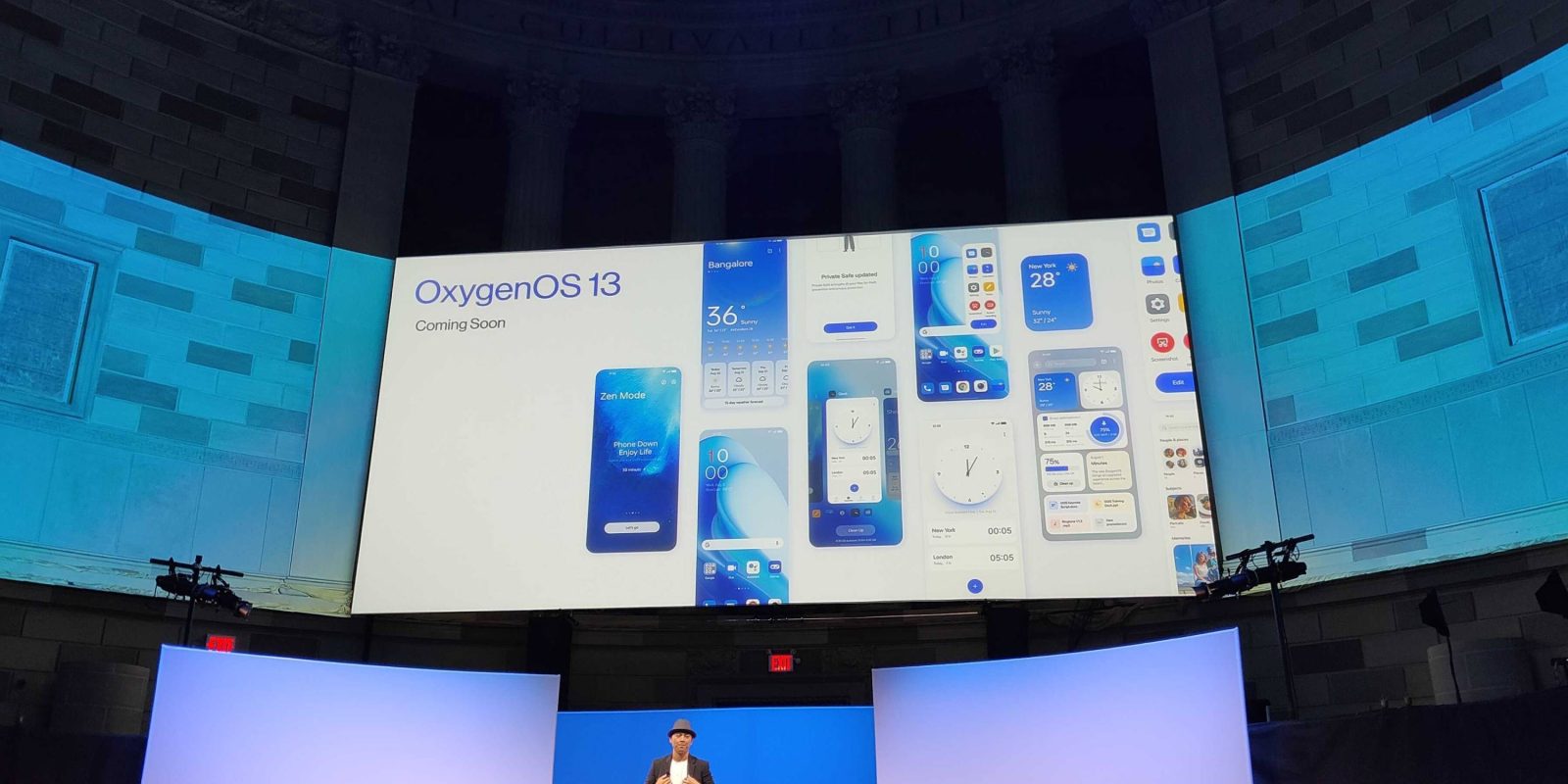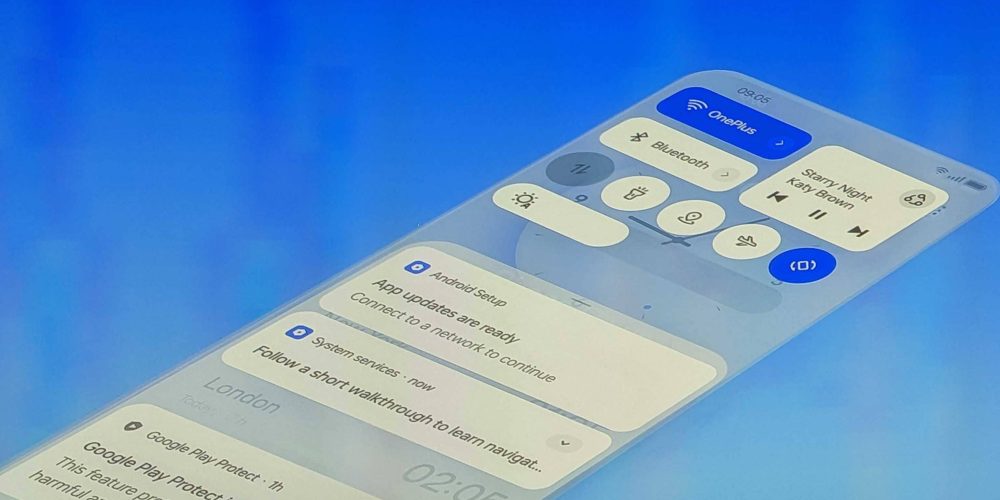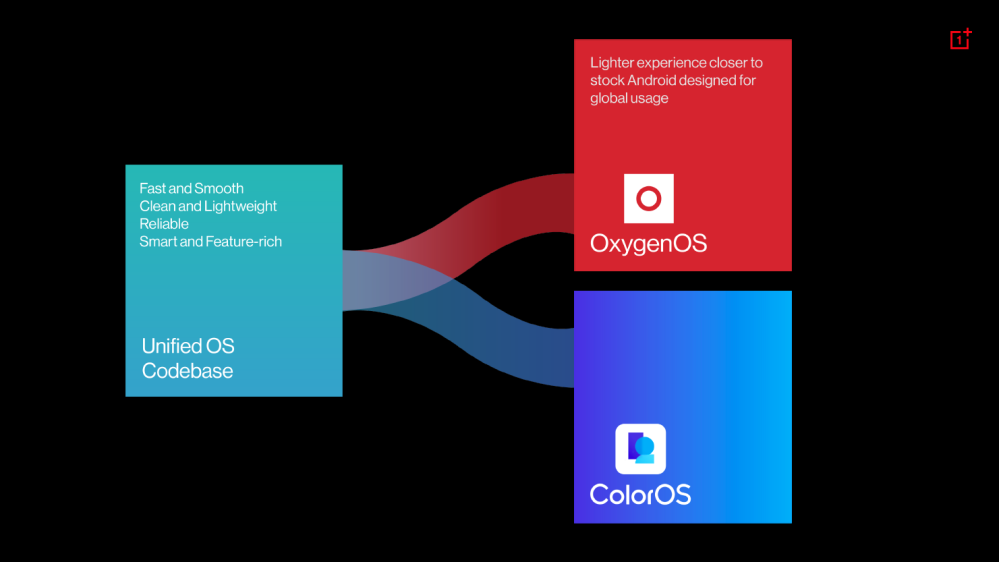
Android 13 is right around the corner for Pixel phones, and today OnePlus is unveiling its side of the equation with the “aquamorphic” Oxygen OS 13.
OnePlus has been largely silent on Oxygen OS 13 so far, and today’s reveal offered up a few glimpses at what’s on the way for OnePlus smartphones in Android 13.
During today’s presentation, OnePlus showed off some new enhancements to the always-on display in OxygenOS 13 that includes Spotify and Bitmoji integration. There are also some tweaks to Zen Mode, and more. OnePlus also pushed Nearby Share and Fast Pair as core pillars of OxygenOS 13 in talking with the media, which is certainly confusing given both features are powered by Google Play Services and available in several versions of Android.
Other features OnePlus is highlighting in its Android 13 update include:
- AI System Booster
- Smart Launcher – Faster folders, ability to open apps from the folder icon, add widgets from app icons
- Sidebar Toolbox – Sidebar with quick access to select apps
- Hyperboost Gaming Engine upgrades
- Spatial Audio support
- Private Safe 2.0
The biggest noteworthy change, though, comes down to design.
During the OnePlus 10T launch, OnePlus spent nearly 30 minutes talking about OxygenOS 13, focusing heavily on the new design of the update. This includes a new “aquamorphic” design language that OnePlus says is meant to invoke ideas from nature, especially water. New blue and orange accents can be found throughout the UI.
But, ultimately, OxygenOS 13 is ColorOS 13.
This can be seen loosely around the entire UI, but is most apparent in the Quick Settings pane, which is quite literally identical to a leak of ColorOS 13 that came out about a month ago.


This goes directly against messaging from both OnePlus and Oppo over the past year, following OnePlus’s merging into Oppo.
In February of this year, OnePlus and Oppo said that OxygenOS and ColorOS would share the same codebase, but that OxygenOS would have a “lighter experience closer to stock Android” for global users. But as mentioned, what we’ve seen of OxygenOS 13 so far is virtually identical to what we’ve seen from ColorOS 13 to date.
Back in February, OnePlus specifically said:
OxygenOS 13 will retain its unique visual design
Surely, there’s plenty of room for the two to differentiate once these both officially start rolling out, but at least in terms of design, OnePlus certainly seems to be fading into Oppo by all accounts.

Going beyond the design OnePlus has showed off so far, the brand has offered up a bunch of ways to describe the update. The brand explains:
- Intentional Adaption: OxygenOS 13 features soft and rounded edges across its design for a more comfortable viewing experience. Every detail in OxygenOS 13’s design has been created with purpose, making each element both useful and appealing to fit your needs.
- Calm Vitality: Form and function co-exist in OxygenOS 13, as it adds to the user experience by anticipating every need and making widgets more accessible through one long press.
- Intelligent Design: The colors of OxygenOS 13’s design will intelligently transition to match the time of day you are using your device – meaning the operating system will be brighter in the morning and take on a darker, calmer aesthetic after sunset.
OxygenOS 13 rolls out first to OnePlus 10 Pro. The brand has provided no timeline for the update.
More on OnePlus:
- OnePlus 10T goes official w/ Snapdragon 8+ Gen 1, 125W charging in US, $649 price
- Hands-on: The OnePlus 10T is a Pixel 6 where performance matters over everything else
- OnePlus 10 Pro gets a permanent price cut to $799 in the US
FTC: We use income earning auto affiliate links. More.



Comments